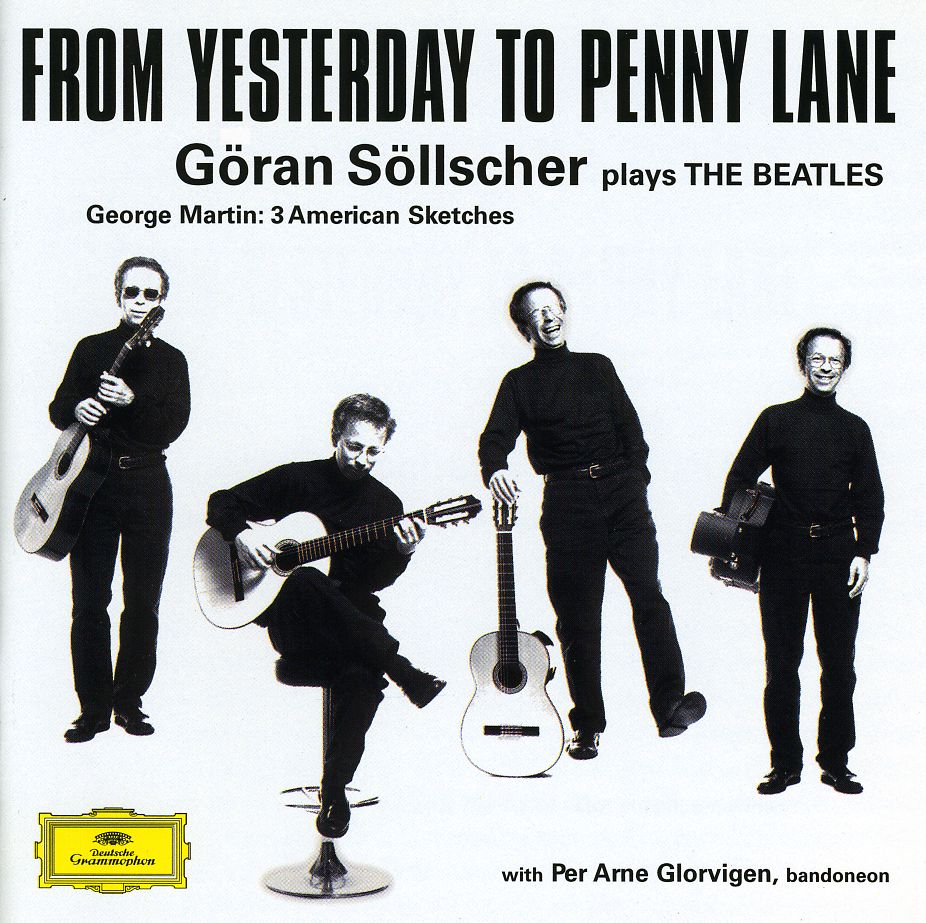
description
was Mexico's most illustrious graphic artist. For over forty years he worked tirelessly as an incorruptible and truly popular artist, illustrating cookbooks and fortune-telling books, collections of songs and riddles, periodicals and newspapers, children's books and novels, and most of all famous broadsides that were distributed throughout the country. After his death he was venerated by the artists of the new generation -- Rivera, Orozco, and many others, who realized that he had both saved and renewed the art of engraving in Mexico, and incorporated much of Posada's imagery into their own work.
Here are close to 300 of Posada's best engravings, all done for the printer and publisher A. Vanegas Arroyo in Mexico City. Posada worked in two techniques -- engraving on type metal with a many-pointed burin and, later, relief etching on zinc. The broadsides he illustrated commemorated all sorts of occasions -- disasters, political events, crimes, and miracles -- or they glorified great popular heroes like Zapata. Posada was known for his calaveras -- skeletons that cavorted, ate and drank, rode bicycles and horses, wielded swords and daggers, or were revolutionaries, streetcleaners, dishwashers, and almost everything else. This was traditional art for All Souls' Day, the Mexican Day of the Dead, but in Posada's hands it became extremely versatile, sometimes an instrument of social and political satire, sometimes a sympathetic portrait of a revolutionary, sometimes a comic, cartoon-like memento mori. He did engravings of murders, suicides, catastrophes, robberies, and executions, as well as of snake-men, giant snails, and other grotesques and deformation. He pictured the daily pleasures and chagrins of the people from a proletarian point of view, and with overflowing imaginativeness. There is brutality and horror in his art, but there is also humor, political consciousness, and a sprawling, immediate vitality.
This edition includes explanatory notes and commentary, often giving precise topical meaning to what otherwise appears vague or allegorical. It presents all of Posada's various themes, and all of the many forms in which he worked in his maturity. It is hoped that through it he will gain the wider audience, especially in America, that he deserves.
Here are close to 300 of Posada's best engravings, all done for the printer and publisher A. Vanegas Arroyo in Mexico City. Posada worked in two techniques -- engraving on type metal with a many-pointed burin and, later, relief etching on zinc. The broadsides he illustrated commemorated all sorts of occasions -- disasters, political events, crimes, and miracles -- or they glorified great popular heroes like Zapata. Posada was known for his calaveras -- skeletons that cavorted, ate and drank, rode bicycles and horses, wielded swords and daggers, or were revolutionaries, streetcleaners, dishwashers, and almost everything else. This was traditional art for All Souls' Day, the Mexican Day of the Dead, but in Posada's hands it became extremely versatile, sometimes an instrument of social and political satire, sometimes a sympathetic portrait of a revolutionary, sometimes a comic, cartoon-like memento mori. He did engravings of murders, suicides, catastrophes, robberies, and executions, as well as of snake-men, giant snails, and other grotesques and deformation. He pictured the daily pleasures and chagrins of the people from a proletarian point of view, and with overflowing imaginativeness. There is brutality and horror in his art, but there is also humor, political consciousness, and a sprawling, immediate vitality.
This edition includes explanatory notes and commentary, often giving precise topical meaning to what otherwise appears vague or allegorical. It presents all of Posada's various themes, and all of the many forms in which he worked in his maturity. It is hoped that through it he will gain the wider audience, especially in America, that he deserves.
member goods
No member items were found under this heading.
Return Policy
All sales are final
Shipping
No special shipping considerations available.
Shipping fees determined at checkout.







